What a wonderful week I spent in Gauteng with generous hosts and eager students, with the aim of empowering midwives in South Africa, and reducing neonatal morbidity and mortality with respect to shoulder dystocia. Just today, a doctor related to me how a woman had arrived at the hospital fully dilated and bearing down (pushing). The midwifery staff proceeded to attend the birth and called for the doctor’s help when the shoulders were stuck. The baby was born with the assistance of the doctor and weighed a whopping 5kgs.
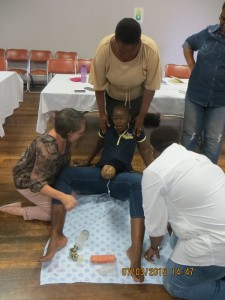
When a mother is turned onto her side or onto all fours, this allows the birth attendant easier access to the posterior shoulder. While the Macroberts manoevre is said to be 42% effective (Gherman et al, 1997), for the remaining 58% of incidents of shoulder dystocia, additional manoevres are required. We learnt and practiced a whole sequence of manoevres during the workshop. Attendance was good, as techniques and skills are better learnt in smaller groups of 10-15 and we had a full house of 25-30 midwife and nurse participants at Leratong Hospital in the West Rand. Pretoria West Hospital hosted me on two consecutive days and we had a grand time practicing giving birth with our neonatalies and neotoms!
Helping Babies Breathe is a sequence of steps developed by the American Academy of Paediatrics to help a newborn baby breathe when resuscitation is needed. Helping Babies Breathe is also part of the managing shoulder dystocia skills set.
A special thanks to Matron Patricia Dlamini, Sr Kholeka Mabaso, and Anna Maria Doula Song for hosting and organising the workshops. Recognition goes to each of you for participating, not least to Abea Ratanang and Mmakgasi Manone from Botswana for coming all this way to take home these shoulder dystocia skills.
Below are some of the pictures we took to document our learning together.
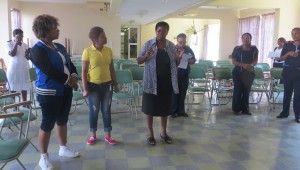

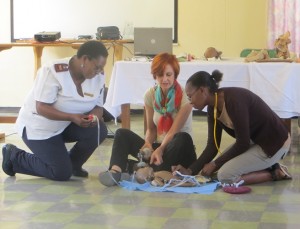
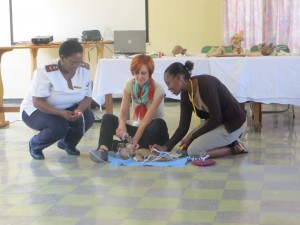
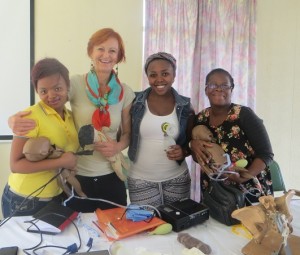
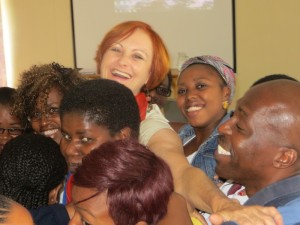

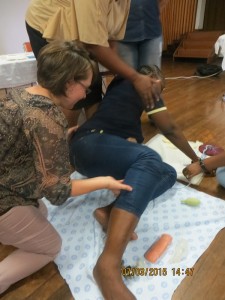
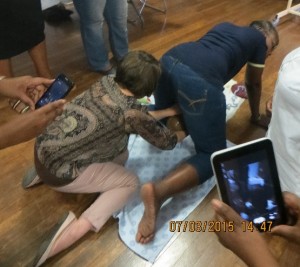
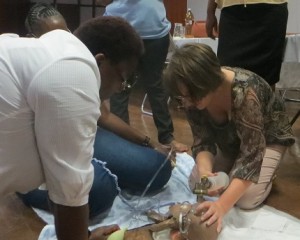
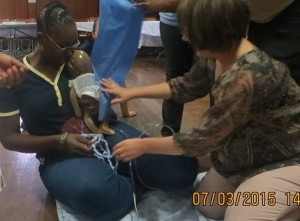
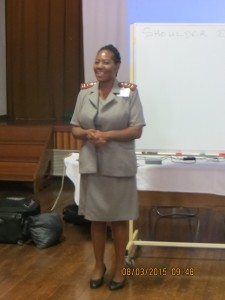
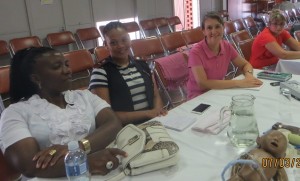
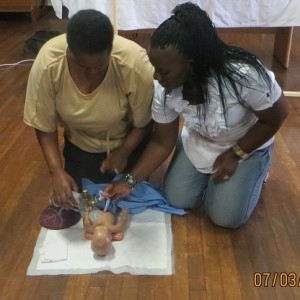
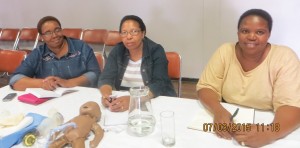
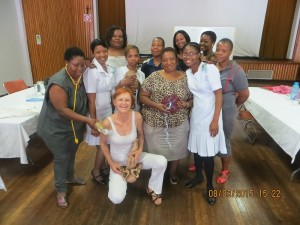
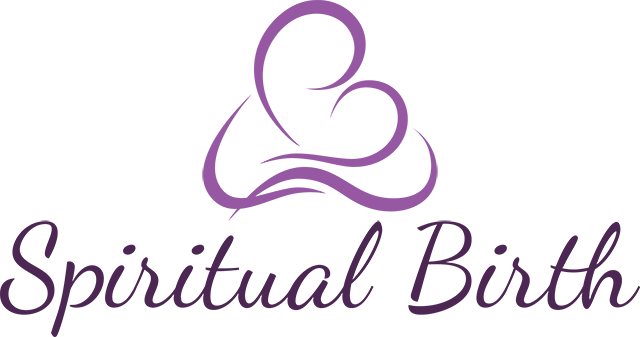
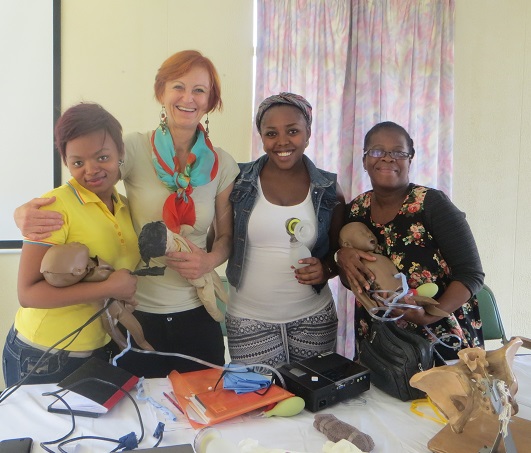
It’s great to see a supporting structure in Midwifery practice.
Amazing. I wish I was there but couldn’t due to some unforseen circumstances.
Wow! This looks great!